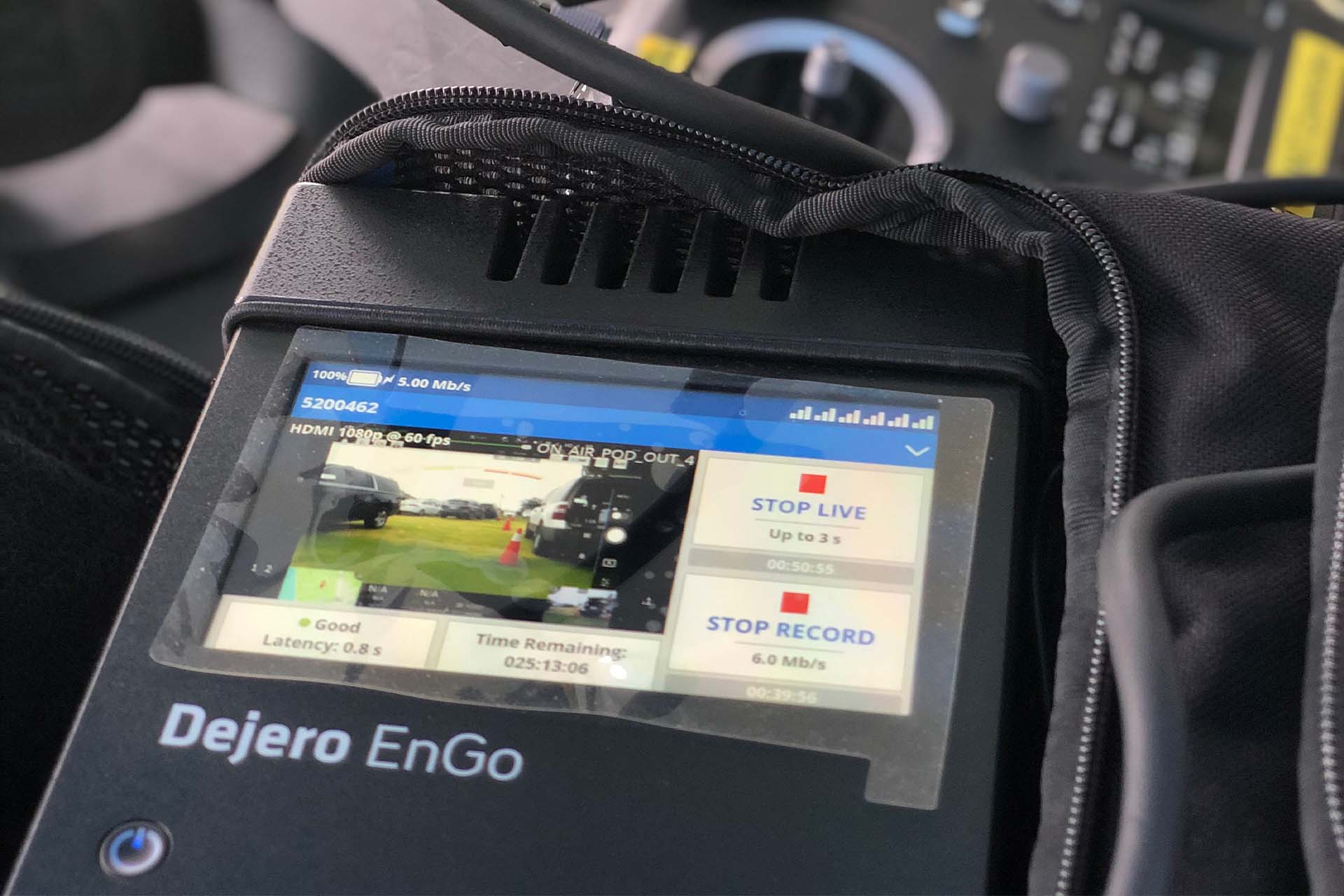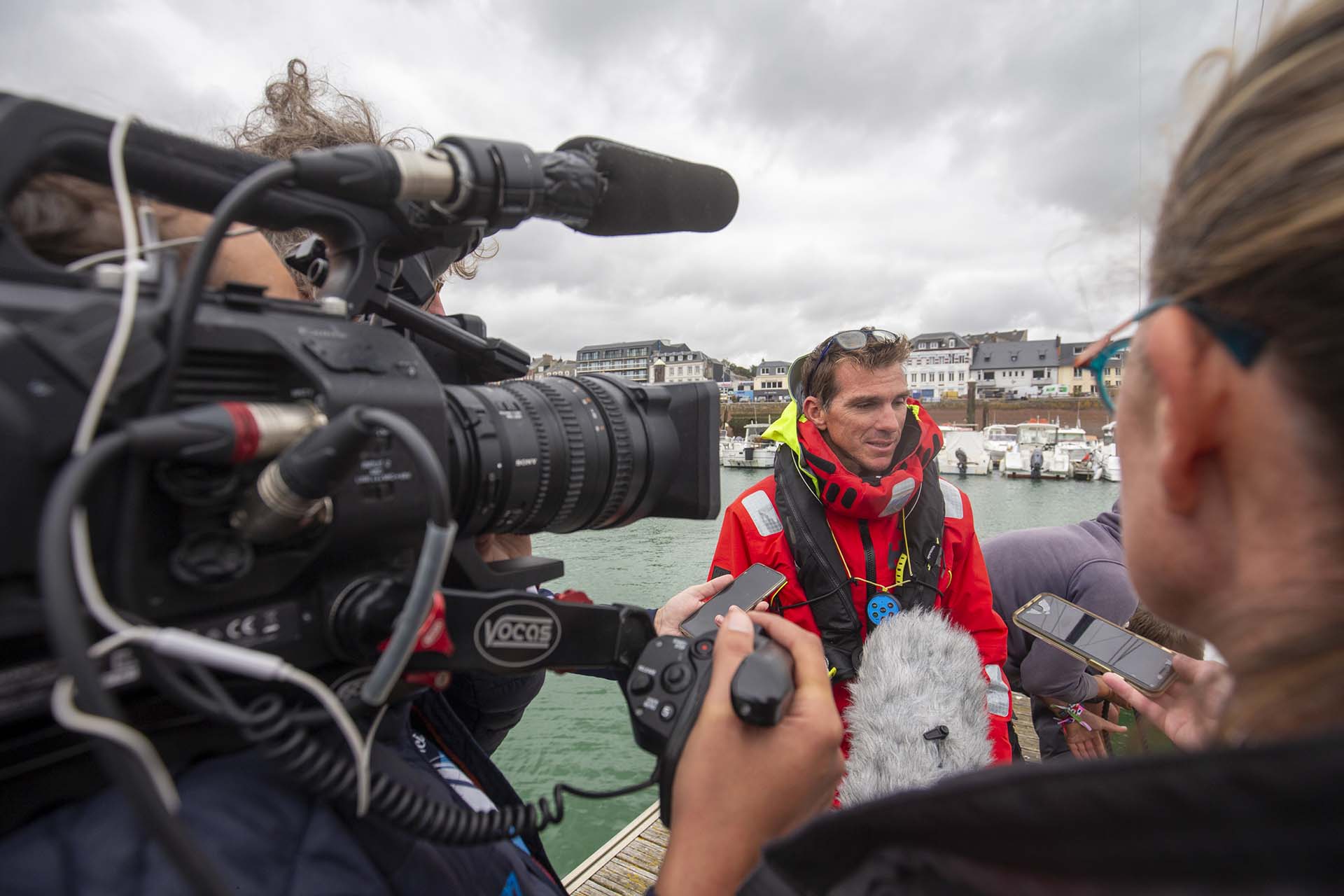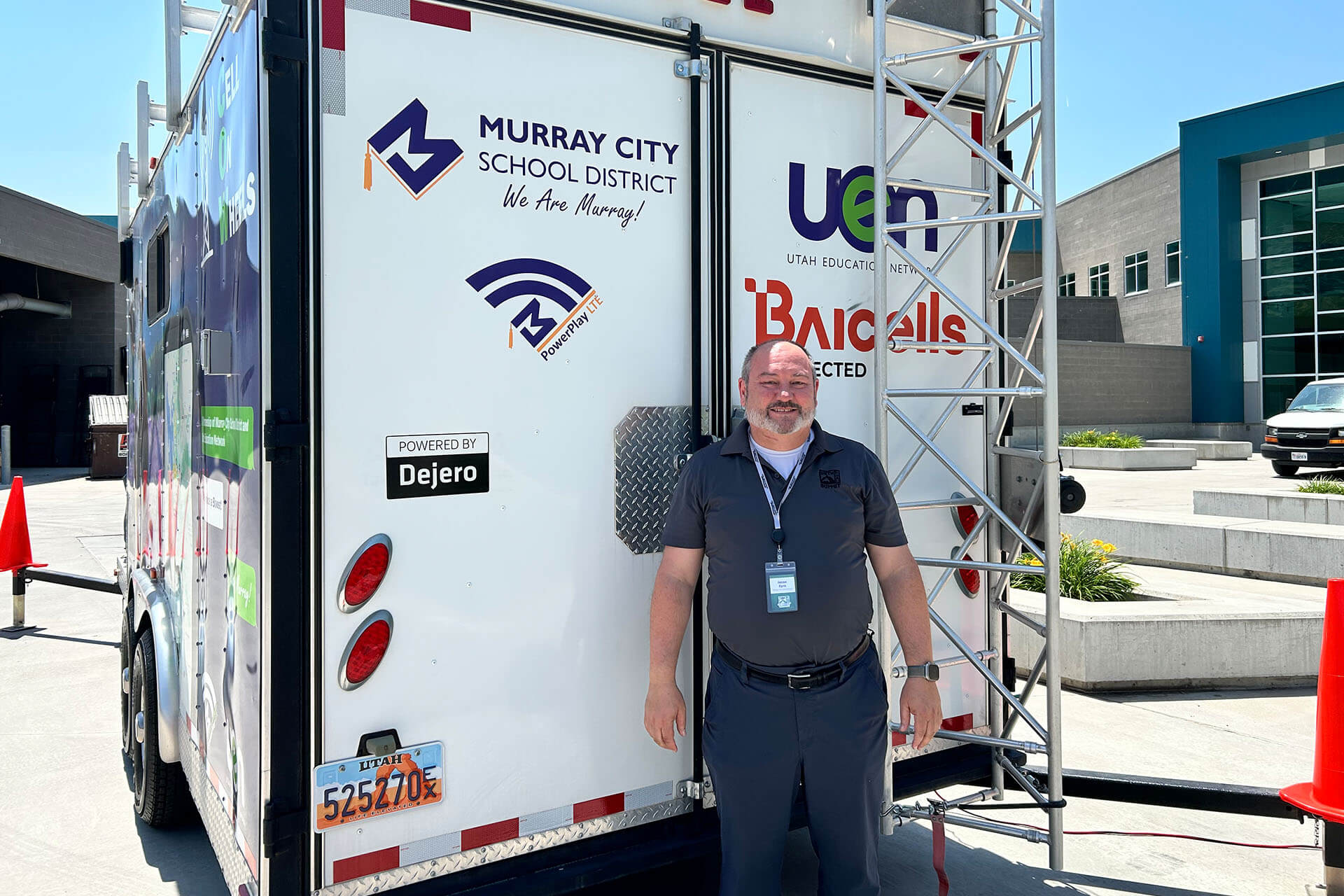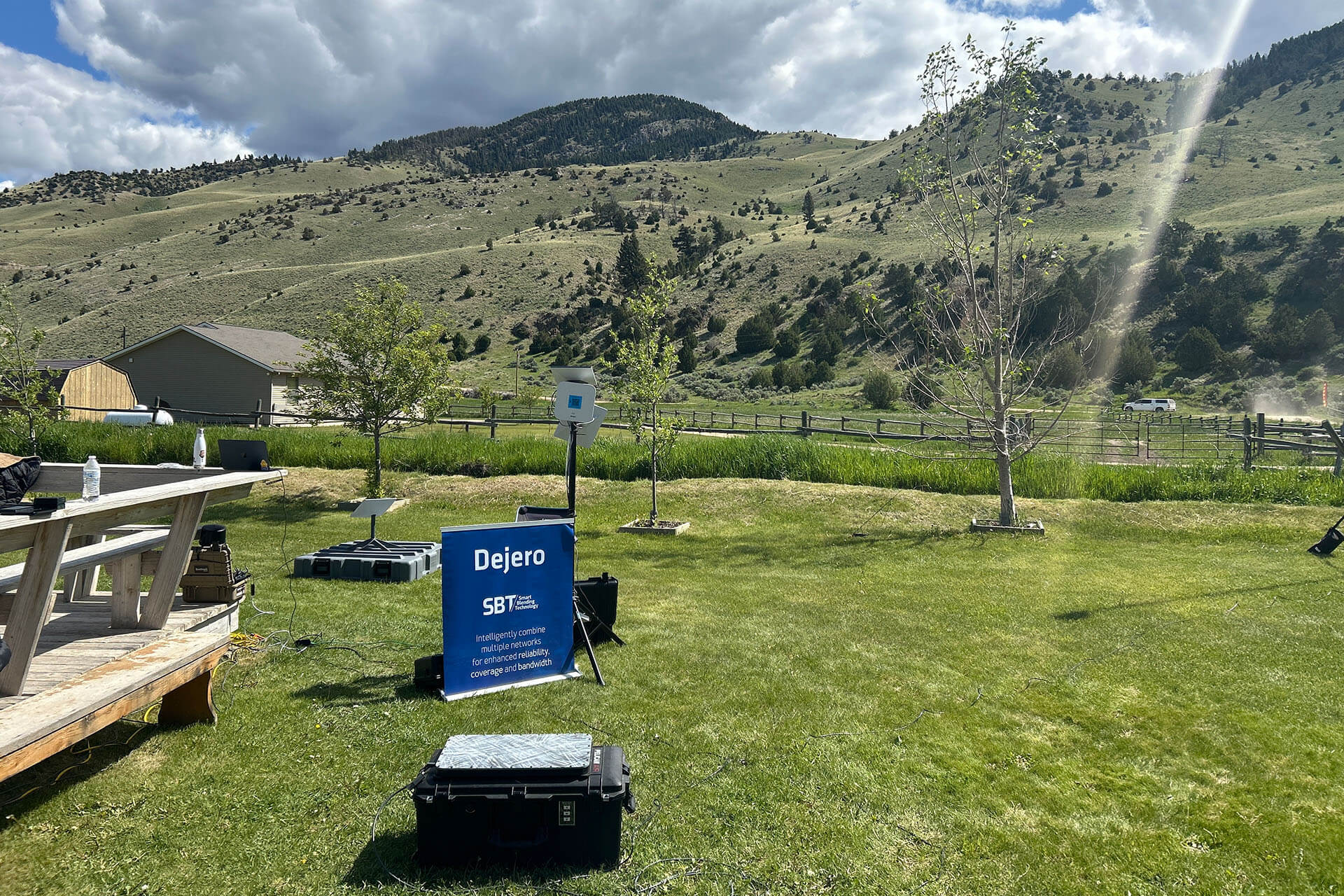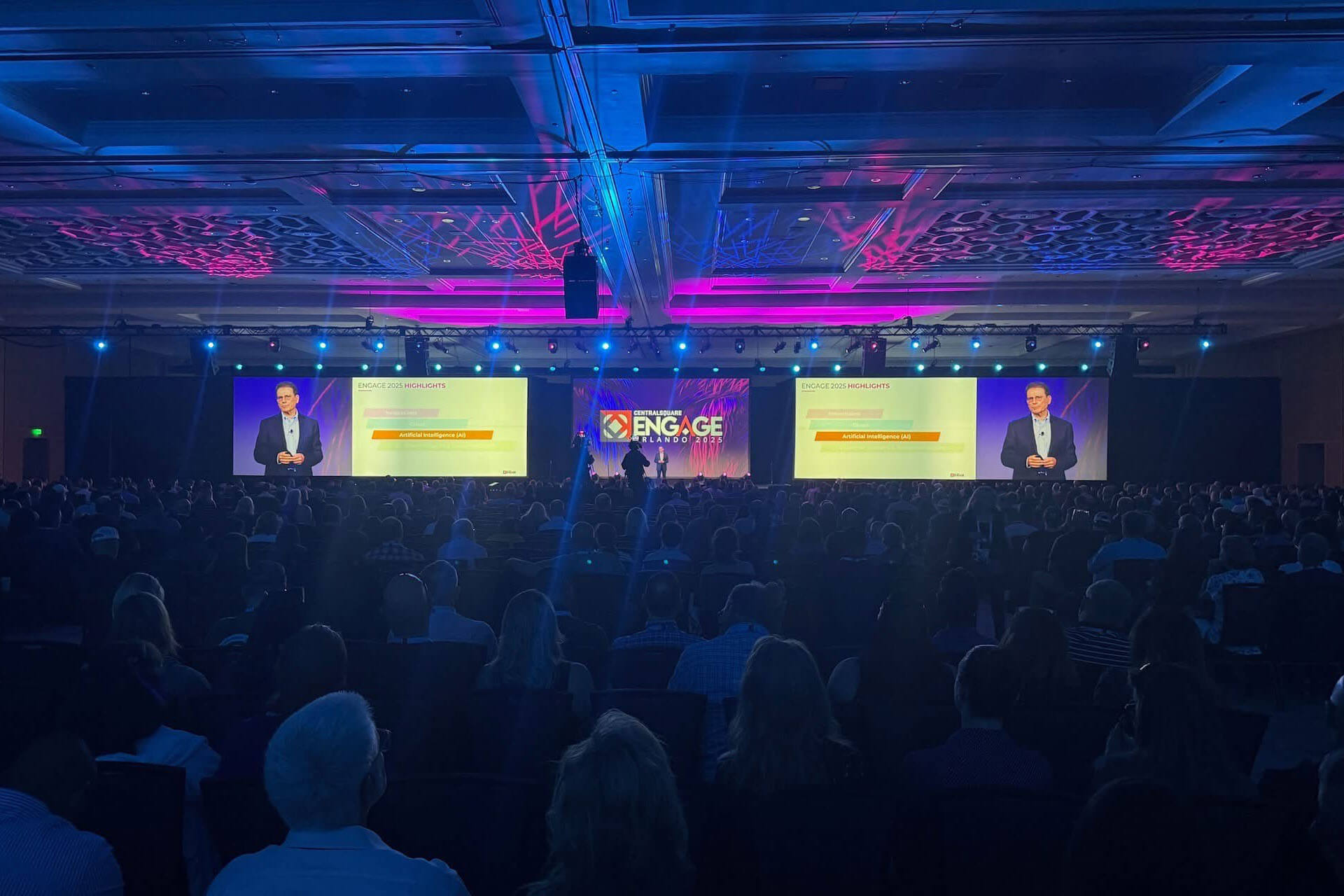The news: before live news
We've come a long way since news reporters and news editors were physically editing tape-to-tape in the 1980s and 1990s. It could take one hour on average to splice together a 2-minute news report for an evening’s news show. The raw footage from a news scene was recorded on bulky cameras and transported to the newsroom by hand. Editing equipment was expensive and each scene had to be searched out on the master recording before it was aired.
CNN was the first 24-hour news channel to appear on screens in 1980 – a huge step beyond ‘appointment news’ whereby audiences sat down in front of a TV set during a couple of predetermined time slots throughout the day. This triggered a new era of live news reporting and news consumption, so the development of microwave and/or satellite Electronic News Gathering (ENG) trucks was a revelation – enabling reporters to present a news scene as it was happening live.
Getting closer to the action
For many years, the most reliable way to cover political rallies, protest marches and major incidents, as close to live as could be, were satellite news gathering (SNG) trucks. However, ENG cameras and recorders were heavy and cumbersome, and tethered to the trucks with cables. That restricted camera operators and reporters from getting close to developing situations.
The ongoing technology evolution across the industry called for lighter-weight equipment that could deliver more resolution at higher speeds. Wireless technology was to play a huge role.
Portable satellite dishes paved the way for the development of encoder technology that enabled the transport of video signals from the scene directly to the newsroom. Over the years, video formats have moved from analogue to standard-definition, to high-definition, and now 4K UHD and beyond.
Advances in encoding technology
In the early days at Dejero, although cutting edge at the time, our transmitters would need to be carried in a Pelican case. But advances in encoder technology have meant that our EnGo range of mobile transmitters are now so small that they can be carried in backpacks and can even send live 4K, low-latency video back to broadcast centers from multiple cameras, from virtually anywhere in real-time.
Dejero developed a highly specialized Hybrid Encoding Technology ideally suited for low-latency, live video contribution scenarios. This hybrid architecture surrounds a fast, efficient hardware encoder — optimized with proprietary technologies and techniques — with a field-upgradeable software pipeline which maximizes video quality by dynamically adapting encoding in real-time.
Operators can be in a world-wide environment without limitations if they can access the right connections, whether that is KA-band, KU-band satellite or Starlink. Dejero solutions blend all types of IP connectivity – not just satellite, but cellular and 5G.
This gives users an advantage, not only in remote areas, but also in congested areas at times when news crews or sports reporters find themselves in large crowds, for example at the Super Bowl. Dejero Smart Blending Technology™ manages cellular and satellite networks properly and seamlessly, so that the video can make it out of the congested area without any intervention from the user.
Pushing the envelope
TV and OTT networks are really pushing the envelope when it comes to live news coverage.
Audiences can tune in to the news 24 hours a day now, even watching an entire live court case over several weeks. This is because a single operator can bring a Dejero unit into the courtroom and stream every second, live on their web channel.
Recently, when a major UK airport was evacuated, a news broadcaster took their Dejero EnGo up in a plane to deliver a live report from the skies.
Similarly, in Denver, Colorado, a large gas main burst causing the neighborhood to evacuate. A local reporter captured this major incident live, using only the Dejero LivePlus mobile app on their iPhone – their news station was the only station that had live video to cover this incident and keep people informed. Dejero LivePlus enables journalists and at-home presenters to go live with minimal equipment for high-quality and reliable broadcasts when traditional broadcast equipment or mobile transmitters aren’t available.
We’ve come a long way, and we can take live news reporting even further. As the world continues to become more interconnected and mobile, many organizations are embracing the cloud. They are also becoming reliant on cloud services for collaboration, productivity, and communication — taking advantage of cloud storage, compute, and artificial intelligence.
In this new connected world, reliable connectivity is key. For Dejero, our vision is to deliver reliable connectivity anywhere.


